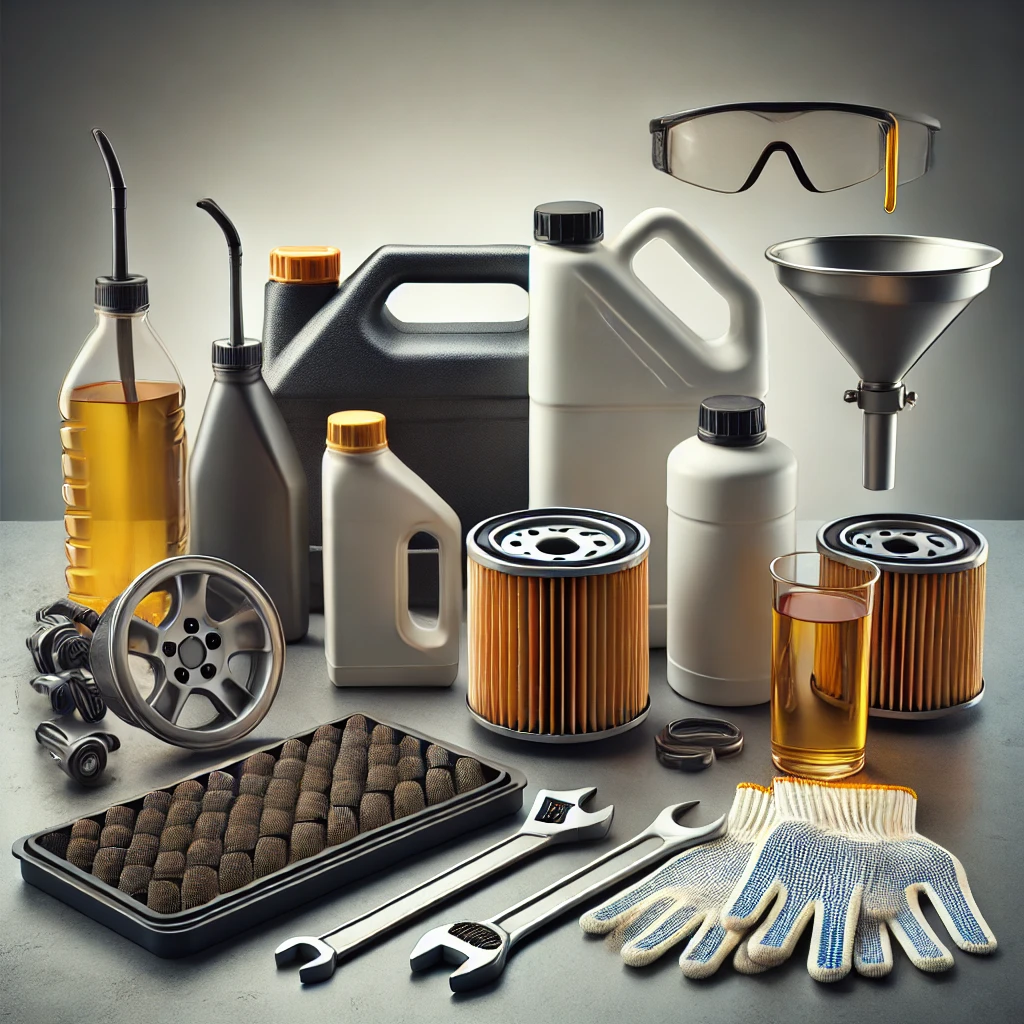The Ultimate Guide to Oil Changes for Your Vehicle
Keep your engine running smoothly with regular oil changes.Why Are Oil Changes Important for Your Car?
Regular oil changes are a fundamental part of car maintenance. Engine oil lubricates the internal components of your engine, reducing friction and preventing wear and tear. Over time, oil becomes contaminated with dirt, debris, and carbon, which can compromise its ability to protect your engine. Without timely oil changes, your engine can suffer from sludge buildup, decreased performance, and even total engine failure. In short, regular oil changes ensure:- Improved engine efficiency.
- Longer engine lifespan.
- Reduced emissions and better fuel economy.

Signs Your Car Needs an Oil Change
Here are common indicators that your car is due for an oil change:- Dashboard Warning Light: The oil pressure warning light turns on.
- Dirty or Dark Oil: Clean oil is amber-colored, while dirty oil looks black.
- Engine Noise: Insufficient oil causes loud knocking or ticking sounds.
- Excessive Exhaust Smoke: More smoke from the exhaust than usual.
- Oil Smell Inside the Car: A strong oil smell could indicate a leak.
Step-by-Step Guide to Changing Your Car’s Oil
Changing your car’s oil is easier than you think. Follow these steps for a hassle-free oil change:1. Gather Your Tools and Supplies
Before starting, make sure you have:- Engine oil (check your vehicle’s manual for the recommended type).
- Oil filter.
- Wrench and oil filter wrench.
- Oil pan and funnel.
- Gloves and safety glasses.
2. Drain the Old Oil
Park your car on a flat surface and let the engine cool down. Use a jack to lift the car and locate the oil drain plug beneath the engine. Place the oil pan below the plug, unscrew it, and let the oil drain completely.3. Replace the Oil Filter
Remove the old oil filter using an oil filter wrench. Apply a small amount of oil to the new filter’s gasket, then screw it into place by hand.4. Add New Oil
Replace the oil drain plug, then use a funnel to pour the new oil into the engine through the oil cap. Check the oil level using the dipstick and add more oil if necessary.5. Dispose of the Old Oil
Dispose of the used oil and filter at a recycling center or an auto shop. Never pour oil down the drain or onto the ground, as it’s harmful to the environment.How Often Should You Change Your Oil?
Oil change frequency depends on your car and driving habits. As a general rule of thumb:- For older vehicles: Every 3,000 miles or 3 months.
- For modern vehicles: Every 5,000 to 7,500 miles.
- For synthetic oil: Every 7,500 to 10,000 miles.
Benefits of Regular Oil Changes
Regular oil changes come with a host of benefits, including:- Better Engine Performance: Clean oil ensures smooth engine operation.
- Improved Gas Mileage: Fresh oil reduces engine friction, improving fuel efficiency.
- Extended Engine Life: Protects the engine from excessive wear and sludge buildup.
- Reduced Emissions: Clean oil leads to a cleaner-burning engine.
